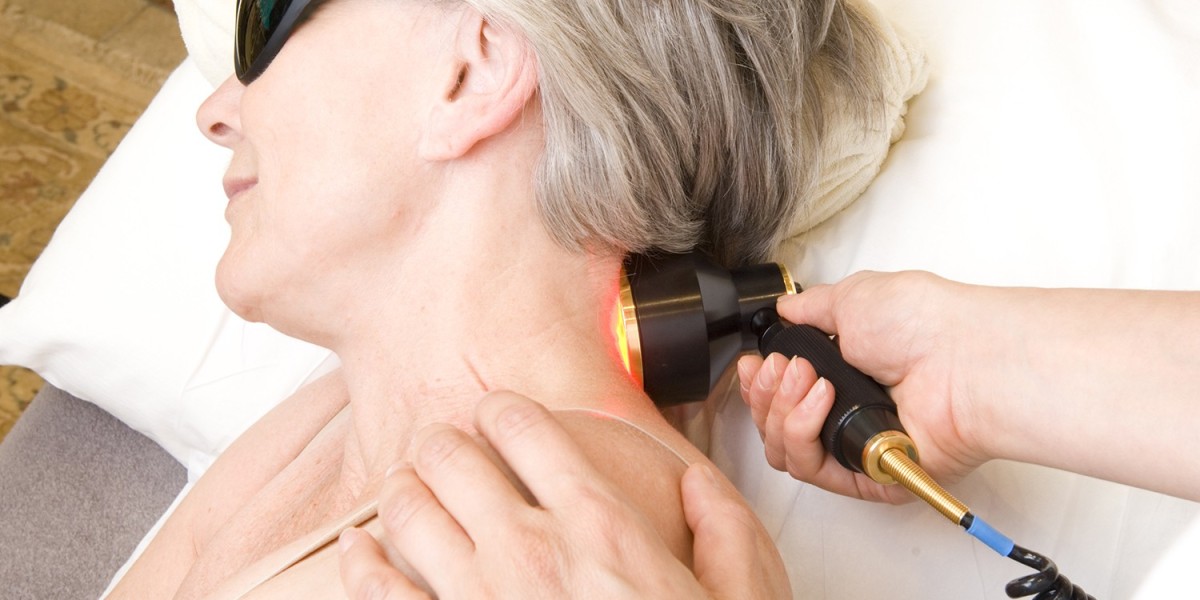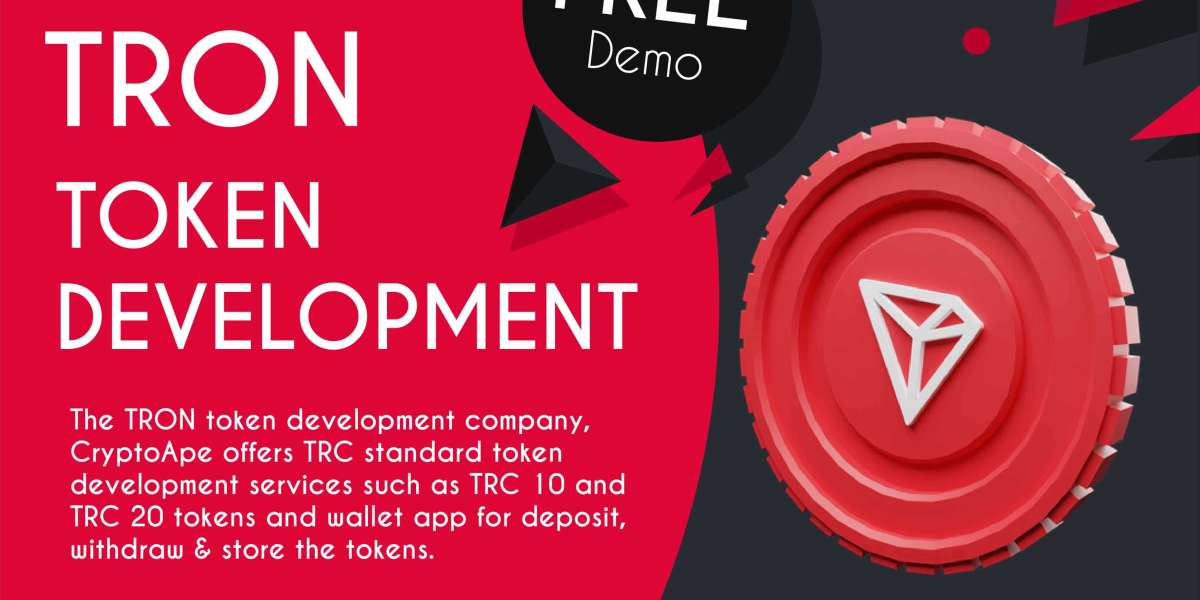Low-level laser treatment, also known as cold laser treatment, is a treatment option that utilizes light energy to relieve pain and reduce inflammation. Cold lasers emit light waves that are absorbed by tissues to produce therapeutic effects. The laser beams do not generate significant heat like high-powered surgical lasers.
How Does It Work?
Cold Laser Therapy treatment utilizes light in the red and near-infrared range on the electromagnetic spectrum. The light photons are absorbed by target tissues to initiate photobiological and biochemical responses at the cellular level. The photons stimulate chemical reactions in cells that result in increased ATP production, improved cell membrane function, and modulation of neurotransmitters and neuropeptides. This cascade of events accelerates the body's natural healing processes.
The photons help reduce pain by blocking substance P, a neurotransmitter involved in carrying pain signals to the brain. They also trigger anti-inflammatory responses by decreasing prostaglandin and leukotriene production. Cold lasers increase circulation by dilating blood vessels. This boosts the delivery of oxygen and nutrients to injured tissues while removing waste products more efficiently to speed healing.
Conditions That Respond Well
A wide range of musculoskeletal issues respond favorably to cold laser treatment. Common applications include:
- Tendinopathies and tendon injuries - Conditions like lateral epicondylitis (tennis elbow) and Achilles tendinopathy often see pain relief after just a few treatments.
- Muscle strains and sprains - The healing of injured muscles and ligaments can be enhanced through cold laser treatment.
- Arthritis - For osteoarthritis and rheumatoid arthritis, cold lasers may reduce joint swelling and tenderness.
- Post-surgical recovery - It can accelerate recovery after procedures like carpal tunnel release surgery.
- Nerve pain - Conditions causing neuropathic pain such as shingles and diabetic neuropathy sometimes benefit.
- Dental issues - Gum disease, tooth pain, and jaw problems may find relief.
- Skin conditions - It's sometimes used for wound healing, burns, and herpes outbreaks.
How Is It Administered?
Cold laser treatment treatments are usually administered by a physical therapist, chiropractor, dentist, or other medical professional trained in its use. The treatment area is exposed to low-level laser light using a handheld device. Most protocols involve multiple treatments per week over several weeks.
Each session usually lasts 5-30 minutes depending on the size of the treatment area and condition being addressed. The lasers are moved over acupuncture points or areas of pain and tenderness in sweeping motions. Patients do not feel heat, pain, or any other sensation during the treatment.
Potential Risks and Side Effects
Cold laser treatment is generally very safe when performed by a qualified clinician. Potential side effects are typically mild and temporary, if they occur at all. These can include:
- Minor skin irritation or redness at the treatment site.
- Temporary increase in pain or discomfort that subsides quickly.
- Headache, nausea, or dizziness in rare cases.
Serious complications are exceedingly uncommon when lasers are used within established dosage guidelines. No long-term side effects have been documented in extensive clinical research. It is non-invasive, poses no known health risks, and does not cause addiction or dependency like some painkillers.
Cost and Insurance Coverage
Individual cold laser treatment treatments typically cost $50-150 depending on the provider and treatment area. Some clinics offer package deals for multiple treatments. Insurance coverage varies, but an increasing number of private health plans cover it when administered for approved conditions like soft tissue injuries. Medicare and Medicaid coverage is more limited. Out-of-pocket costs may be lower if a prescription is obtained from a referring physician.
Effectiveness and Supporting Research
Thousands of clinical studies have evaluated cold laser treatment over the past few decades. The evidence suggests it is effective for reducing pain and inflammation in soft tissue conditions, tendinopathies, arthritis, and various dental issues.
For instance, a meta-analysis published in Photomedicine and Laser Surgery reviewed 36 randomized controlled trials involving over 2,000 participants. It found strong evidence that low-level lasers decreased pain and improved function better than placebo treatments for joint and muscle pain.
Another meta-analysis in Lasers in Medical Science analyzed 25 randomized trials for knee osteoarthritis. It reported cold laser treatment led to clinically significant improvements in pain levels, physical function, and stiffness compared to no treatment.
In Summary, ongoing research continues exploring its potential applications and optimal dosage parameters. As the supporting science expands, cold laser therapy is emerging as a promising natural treatment option for many painful conditions. For the growing number of patients seeking drug-free pain relief, it offers a safe and non-invasive alternative.
Get more insights on This Topic- Cold Laser Therapy



